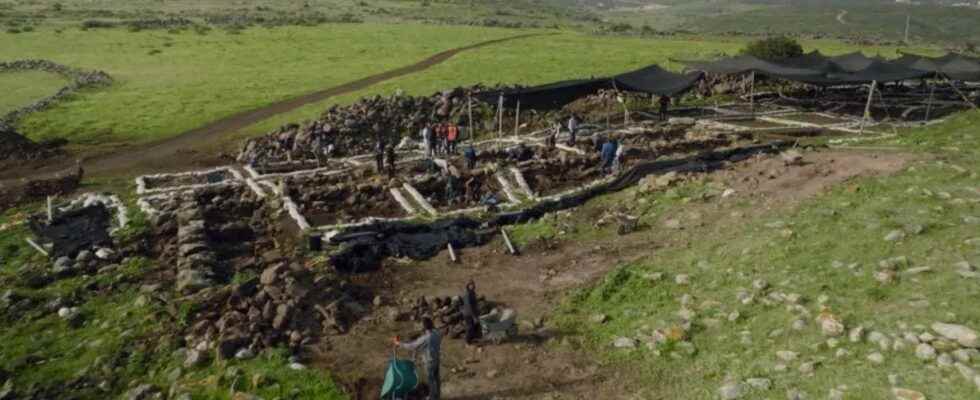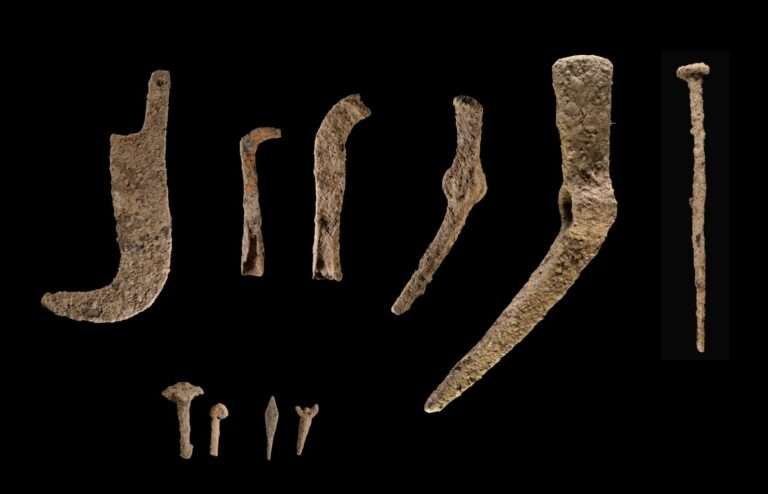More than two millennia ago, men left their homes hastily in the face of an imminent threat. Today it is a godsend for archaeologists, who discover everyday objects left by farmers.
You may also be interested
[EN VIDÉO] Visit three endangered archaeological sites in 3D Syria is full of exciting archaeological sites. Unfortunately, the socio-political conditions of the country could lead to their destruction. The French company Iconem has developed a way to save them by modeling them in 3D. Discover in this video three of these absolutely superb places.
The objective of archaeologists is to understand how the civilizations and populations that preceded us lived. What better clues do they have for this than the imprints of “moments of life” that have been incredibly well preserved for millennia? These exceptional discoveries are rare and such a “time capsule” has recently been unearthed by archaeologists in Israelin the region of Galileo. They have indeed discovered the remains of a farm that the owners hastily abandoned about 2,100 years ago, during the Iron Age.
A hasty departure
The remains include pickaxes and scythes as well as coins dating from the IIe century BC
Storage jars were also found there intact and weights used for looms were left on the shelves, as if frozen in time.
Archaeologists suggest the owners may have hastened their departure in the face of imminent danger such as a military attack, possibly led by the Hasmoneans, a Jewish dynasty that notably ruled Jerusalem. The detailed analysis of the site and the remains is in progress in order to determine what was the identity of the inhabitants of this time capsule in israel. Archaeologists assume, based on the presence of certain foundations and pottery, that the site would have already been occupied in the 10the century BC
Interested in what you just read?


